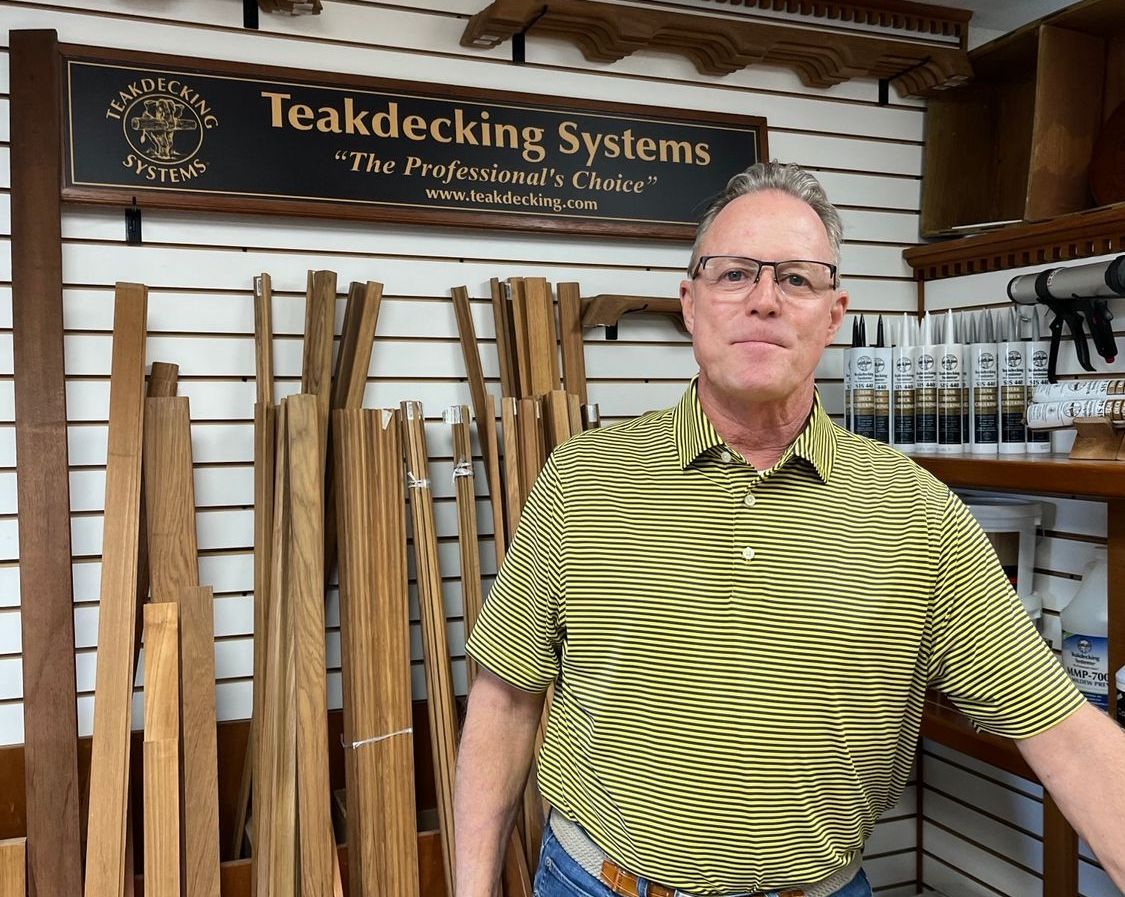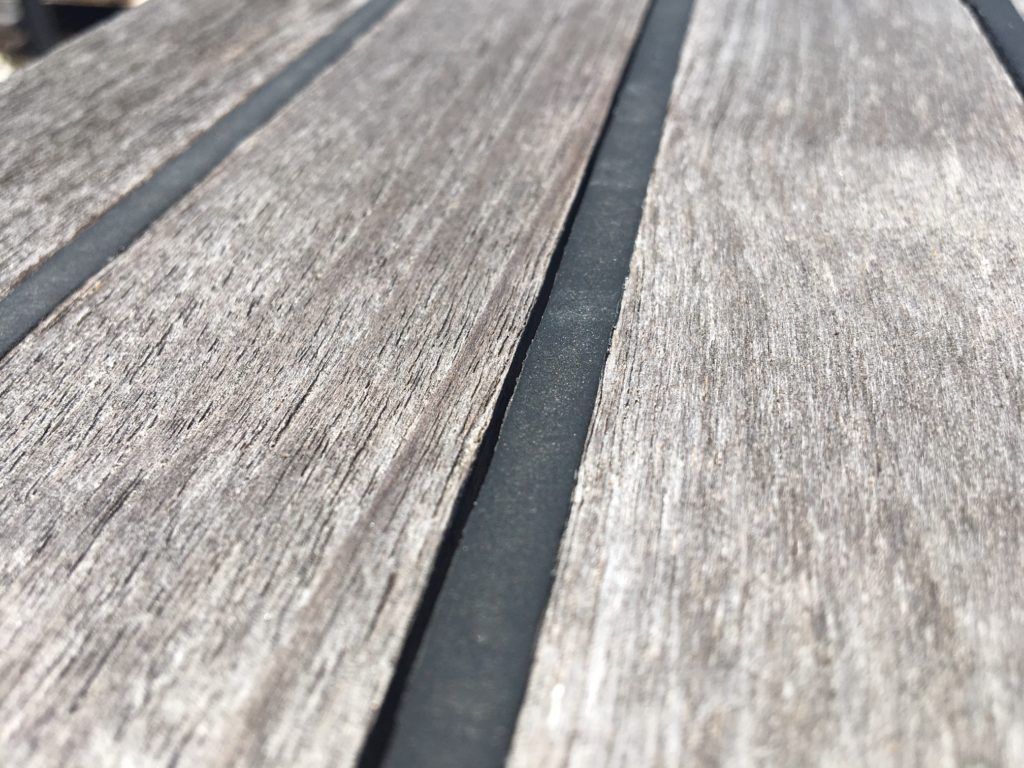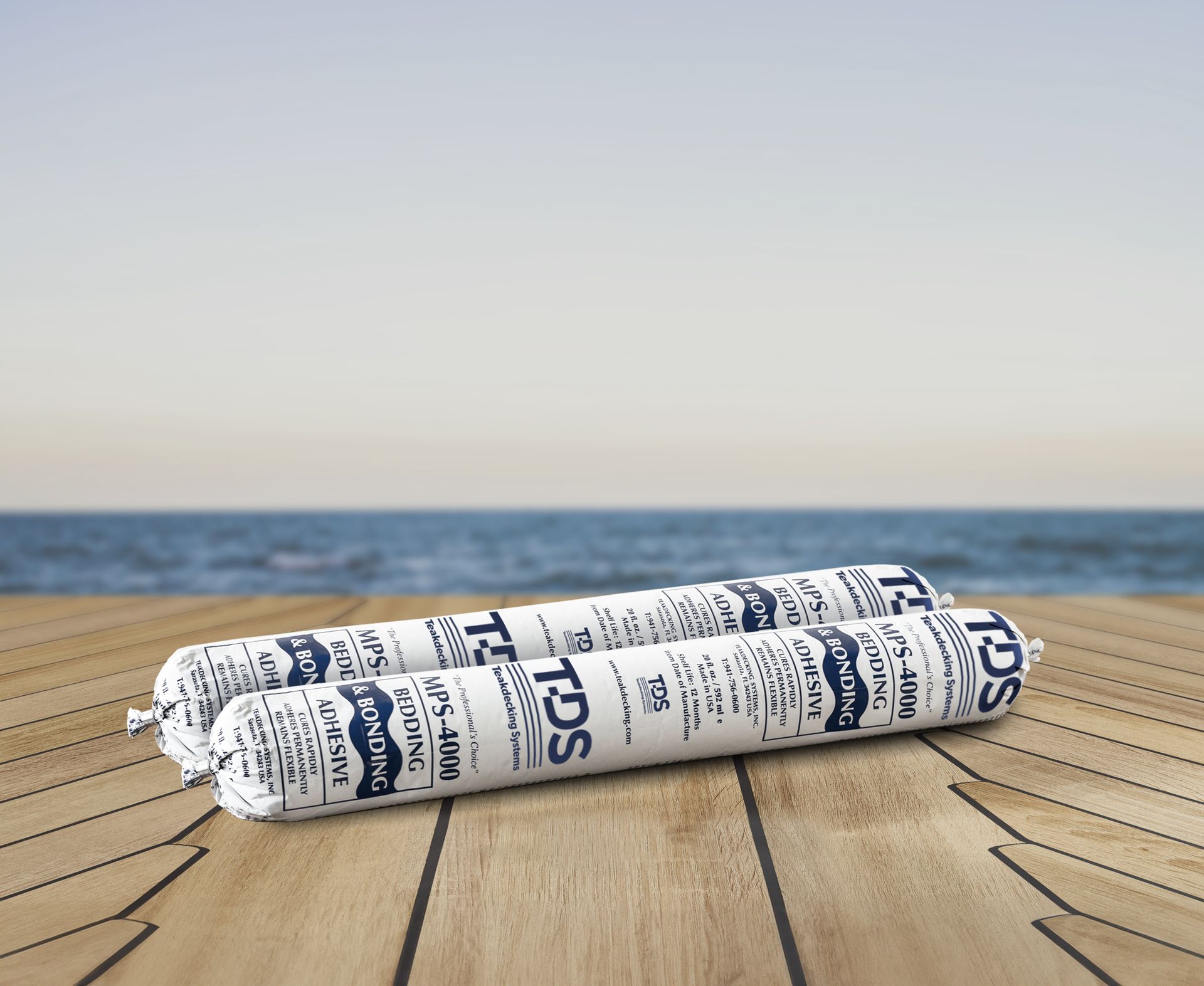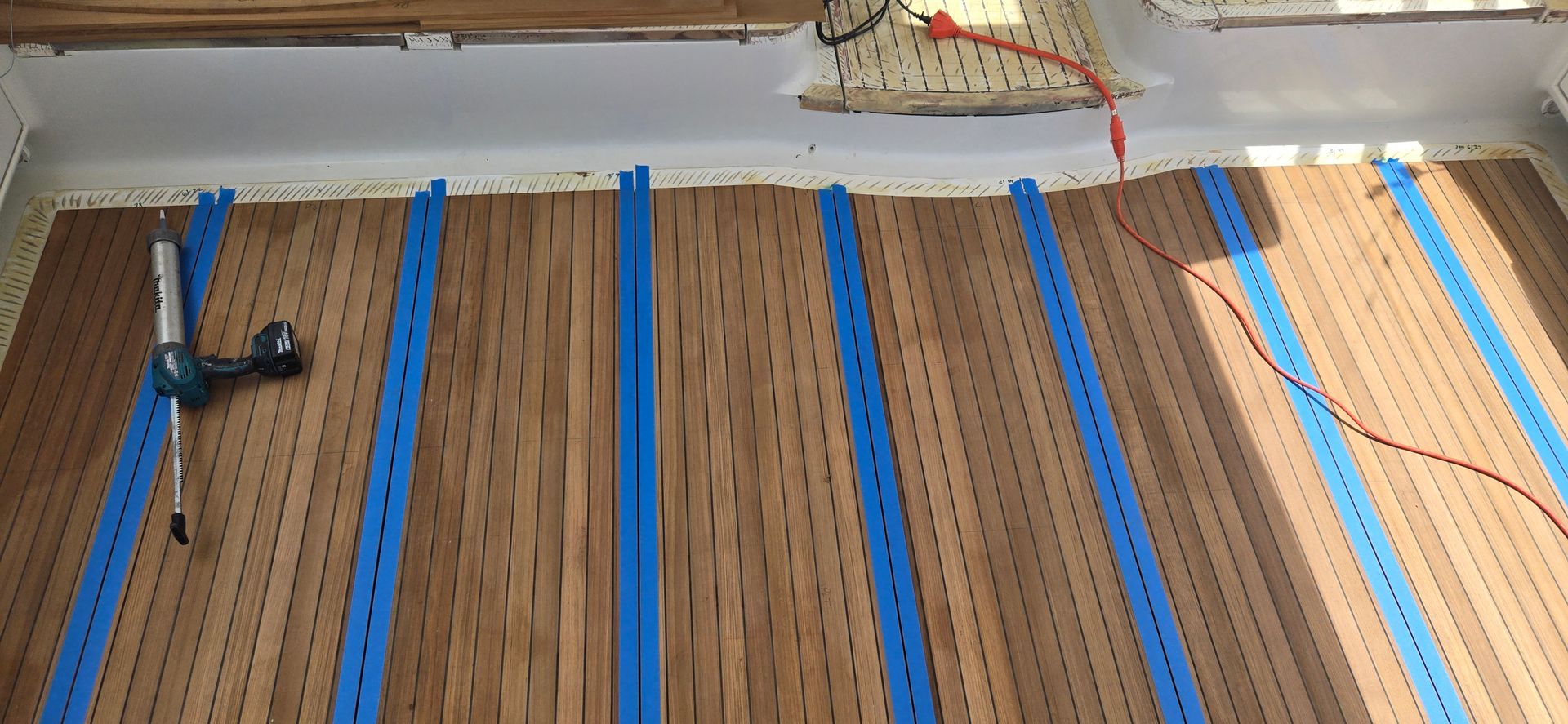CHRIS BYAL JOINS TDS AS PRODUCTS MANAGER

We are excited to announce that Chris Byal has joined TDS as Product Manager. Chris's career spans an impressive 40 years of experience in sales and product distribution. Prior to joining TDS, he worked as a Sales Engineer for an upholstery manufacturer, before becoming General Manager for a boat manufacturer. Most notably, Chris spent the last 34 years as a Manufacturer´s Representative for Marine accessories, where he formed strong relationships within the marine community.
Chris will play a pivotal role in expanding the company's global footprint by identifying opportunities in new countries and territories. With his extensive experience and industry insights, Chris will lead initiatives to establish strong partnerships and distribution channels in emerging markets.
Moreover, Chris will spearhead the development of innovative new products, leveraging his expertise to anticipate market trends and customer needs. By fostering a culture of creativity and collaboration, Chris will ensure that TDS remains at the forefront of decking solutions.
Expressing his enthusiasm for joining the TDS team, Chris said: “I am excited to embark on this new chapter with TDS. The company’s commitment to excellence and innovation in decking and products is unparalleled, and I look forward to contributing to its continued success”.
Richard Strauss, CEO stated “We are delighted to welcome Chris Byal to our team. His extensive background and industry knowledge will be invaluable as we continue to grow and develop our products department. We are excited about the fresh perspective and know-how he brings to the team, and we are confident that under his guidance, our products department will reach new heights”.
ALL PRODUCTS




